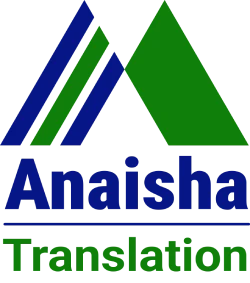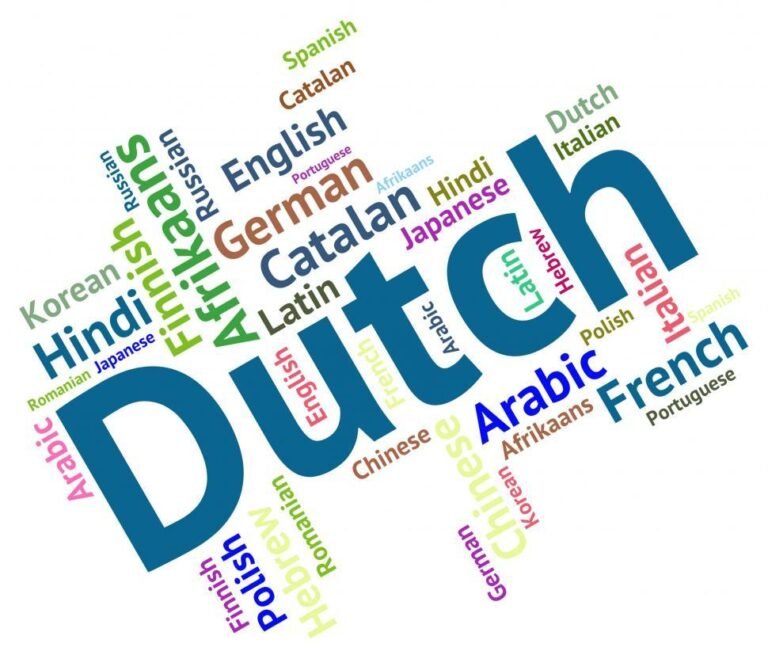Certified Dutch Translation in Pune – Embassy & MEA Approved
Anaisha Translation provides certified Dutch to English and English to Dutch translation services in Pune for immigration, legal procedures, academic admissions, business documentation, medical cases, and technical industries. Our native Dutch linguists deliver accurate and embassy-approved translations accepted by MEA, HRD, international universities, Indian courts, visa centers, and global government bodies.
If you require certified Dutch translation in Pune for Netherlands work visas, Belgium immigration, student visas, corporate contracts, legal submissions, academic transcripts, technical manuals, engineering files, or medical records—we provide fast, professional, and fully certified translations. Soft copies are delivered promptly, and sealed hard copies are couriered across Pune, Pimpri-Chinchwad, Hinjewadi, Kothrud, Baner, and Viman Nagar.
Why Choose Our Certified Dutch Translation in Pune?
Native Dutch Linguists (Netherlands & Belgium Variants)
Our translators specialize in:
- Dutch → English certified translation
- English → Dutch certified translation
- Legal translation (court, embassy, immigration)
- Technical & engineering translation
- Corporate & HR documentation
- Medical & hospital translation
- Academic transcripts & certificate translation
100% Embassy, HRD & MEA Acceptance
Our certified translations are accepted by:
- Embassy of the Netherlands (New Delhi)
- Embassy of Belgium
- MEA Apostille Department
- Maharashtra HRD Department
- International universities & credential evaluators
- Court & legal authorities
- Visa & immigration centers globally
- MNCs & European companies
Fastest Dutch Translation Service in Pune
- Standard: 24–48 hours
- Express: 12–24 hours
- Super Express: 6–12 hours (urgent)
Certified PDF + hard copy courier across Pune.
Documents We Translate
We translate all Dutch and English documents needed for legal, academic, corporate, medical, immigration, and technical purposes.
Documents We Translate – Table
| Document Type | Examples | Certification Level |
|---|---|---|
| Legal Documents | Court Orders, Contracts, POA, Affidavits, Agreements | Notary + MEA + Embassy |
| Personal Documents | Birth, Marriage, Divorce Certificates, PCC | Notary + Embassy Format |
| Educational Documents | Degrees, Diplomas, Mark Sheets, Transcripts | HRD + MEA + Embassy |
| Medical Documents | Hospital Reports, Lab Records, Medical Certificates | Hospital + Embassy Format |
| Technical Documents | Manuals, SOPs, Engineering Docs, Patents, IT Files | ISO-Certified Translators |
Industries We Serve in Pune
Our Dutch translation services support major industries, including:
- IT & Software Companies (Hinjewadi, Kharadi, Magarpatta)
- Manufacturing & Industrial Units (Chakan, Talegaon)
- Engineering & Automotive Sector
- International Trade & Logistics
- Legal & Judicial Firms
- Corporate Offices & HR Departments
- Hospitals & Medical Centers
- Universities & Educational Institutions
We ensure complete accuracy using domain-specific Dutch terminology.
Security & Confidentiality
Your documents are processed under NDA protection, encrypted servers, and secure workflows. Legal, technical, medical, academic, corporate, and personal files remain fully confidential.
Certified Dutch Translation & Attestation Process
We follow an embassy-approved certification and attestation workflow.
Attestation Process – Table
| Step | Process |
|---|---|
| Step 1 – Translation | Certified Dutch linguist completes translation. |
| Step 2 – Certification | Notary + Embassy-format + HRD/MEA if required. |
| Step 3 – Attestation | Notary → State Govt → MEA → Embassy |
| Step 4 – Final Legalisation | Valid worldwide for immigration, academic, legal & corporate use. |
Frequently Asked Questions
Are your Dutch translations accepted by embassies?
Yes, all translations follow Netherlands Embassy–approved guidelines.
Do you translate both English → Dutch and Dutch → English?
Yes, certified bilingual translation is fully supported.
Do you provide urgent translation?
Yes — express (12–24 hr) & super express (6–12 hr) options available.
Do you translate legal, medical, technical & academic files?
Yes, handled by specialized native linguists.
Do you courier certified hard copies?
Yes, across Pune, PCMC, Hinjewadi, Baner & nearby regions.
Pune Locations We Serve – Courier Only
Pune, Wakad, Hinjewadi, Baner, Aundh, Kharadi, Viman Nagar, Kothrud, Shivajinagar, Yerwada, Camp, Pimpri-Chinchwad, and surrounding areas.
About Our Dutch Translation Service
Anaisha Translation is India’s leading Dutch–English certified translation agency, with over 10 years of experience providing accurate, secure, and embassy-approved translations for immigration, academics, engineering, business contracts, medicine, and legal matters across Pune and Maharashtra.
Contact Us
Email: info@anatranslation.com
Phone: 9100392160
WhatsApp: 9100392160
Website: www.anatranslation.com

